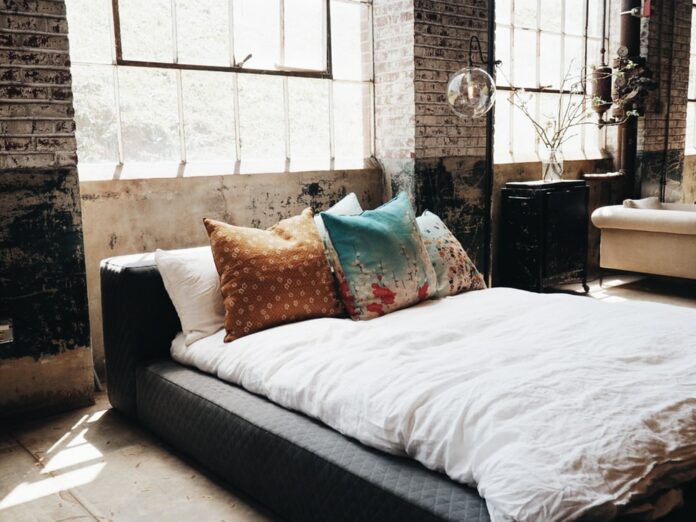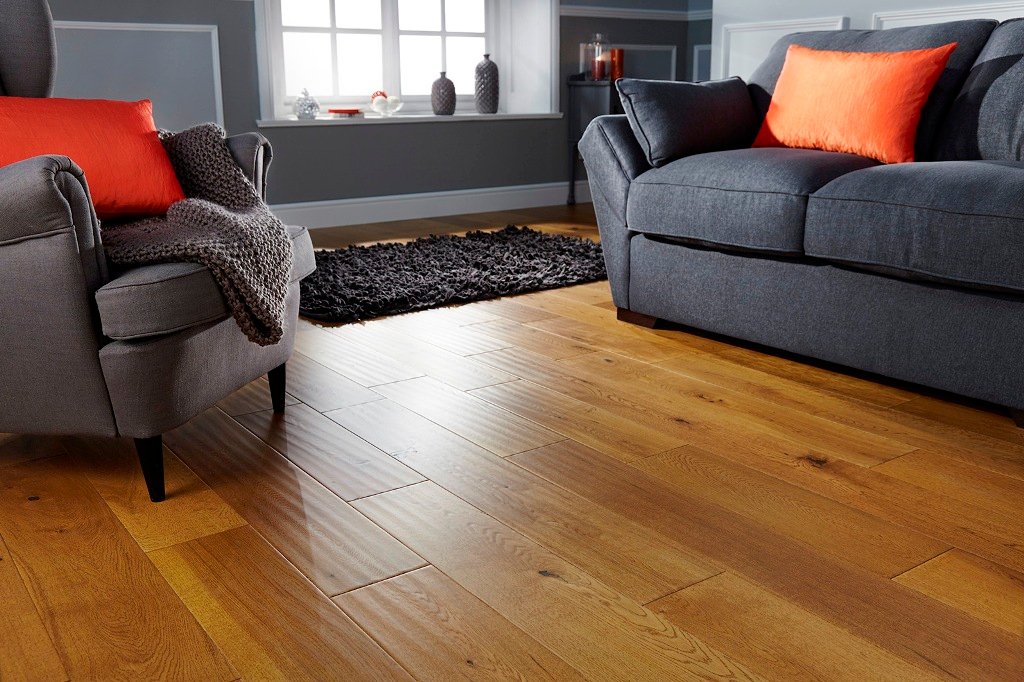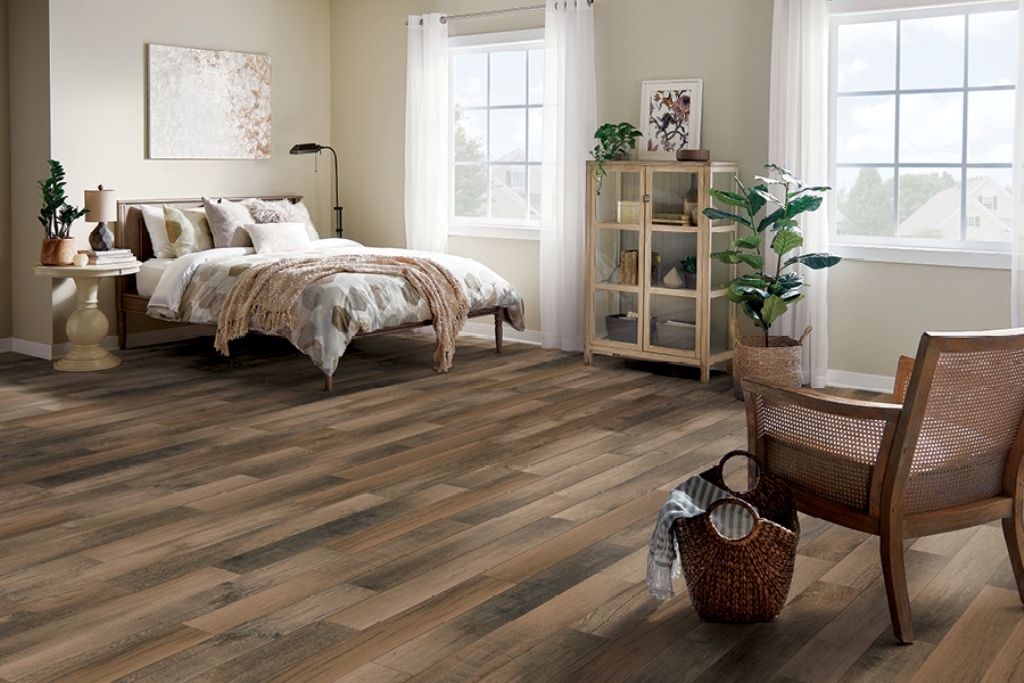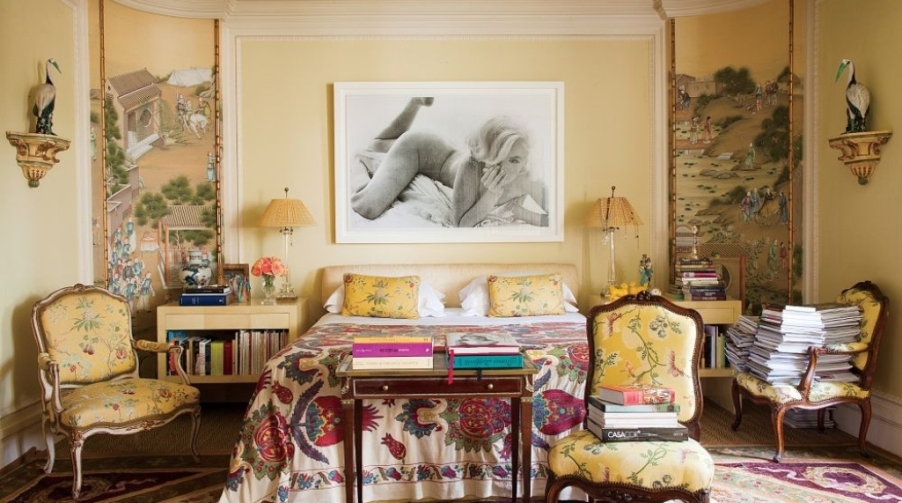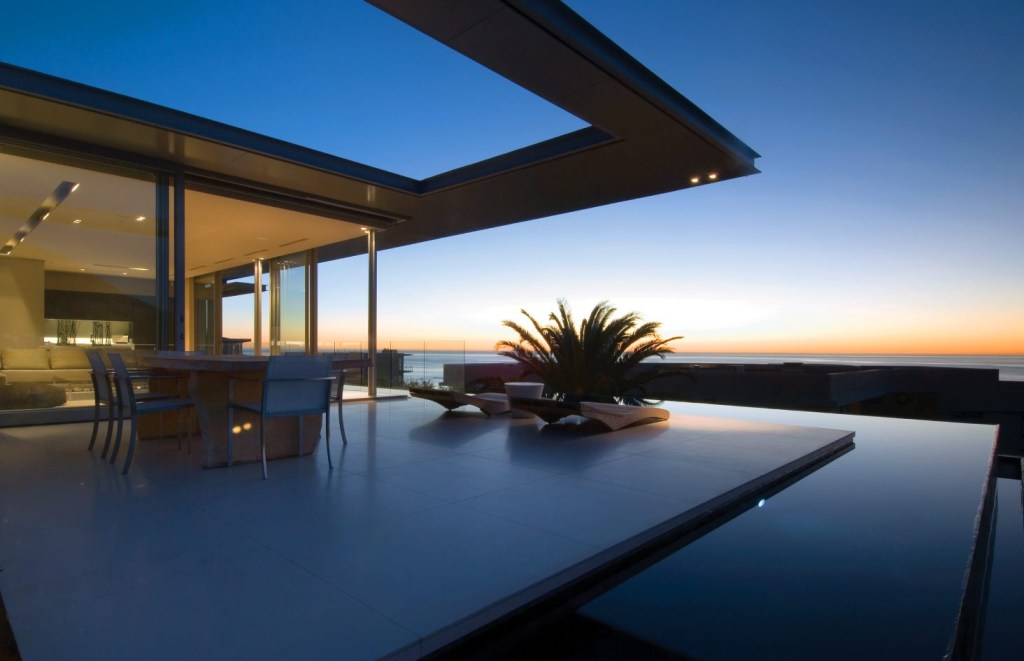Choosing the right flooring involves the arduous task of blending functionality and aestheticism, which is one reason interior designers consider flooring as one of the most vital aspects of designing a space. The savvy designer must consider the stylistic compatibility of flooring as well as practical factors that bring a room’s feel from bland to spectacular. To help you get that extra oomph that your room may lack, we’ve come up with this flooring guide to point you in the right direction, categorized under what we consider to be the three most popular flooring options.
The Wonders of Wood Flooring
There are several options when it comes to wood flooring, but the most common, in no particular order, are hardwood, laminated wood, engineered wood, and more recently, bamboo. After determining which type of wood is most functionally compatible with the room, the next step is to take into account both the overall color scheme and aesthetic theme of the contents of the room. Is the room full of carved basswood furnishing and white drywall? Perhaps dark oak floorboards could provide sufficient contrast to make the rest of the room pop while maintaining the balance of the furniture. Looking to go more eco-friendly while complementing a cooler, light-colored look? Bamboo flooring might be the right choice for you.
Creative Choices in Ceramic Flooring
Another classic choice, ceramic flooring provides a certain natural sleekness to the room that other flooring types struggle to match. We’ve found that ceramic floor tiles work great for complimenting ornaments, such as china vases. Their reflectiveness also makes them excel at amplifying the lighting of a room, making them well-suited for rooms that benefit from increased visibility, such as kitchens. Ceramic tiles are also most commonly cut into small tile sizes, which enable designers to incorporate attractive patterns to their flooring. According to experts at Atlas Ceramics, modern tiles can provide a sturdy and pleasant symmetry that catches the eye while providing a classy look to your home design. As a general rule, smaller tiles can make a room look busier, and larger tiles can make a room look more spacious, so that’s important to keep in mind when picking out tile sizes.
Classic Carpeting Techniques
The preferred choice for living rooms and bedrooms, carpets provide the aesthetic options available to woven materials and transform them into flooring. A big disadvantage with carpet, however, is that it requires frequent cleaning in high-traffic areas, so it’s best-suited for bedrooms, dens, and other secluded areas. The right carpet choice can give a room a rustic or comfortable vibe depending on what it’s complementing. Dark wood furnishings are greatly enhanced by maroon or another color in the red-brown range, especially with a pattern that jives visually with the carving style of the furniture. As for more modern and ergonomically designed furniture, you can achieve contrast with a carpet in a color that is a complement of the color opposite that of the furniture. Another way is to complement the color of the furniture itself with a carpet in a lighter or darker shade the color to help them stand out.
You might find traditional flooring options to be more palatable, but if you’re looking for a floor design that stands out, this easy guide should set you on the right path to determining which option would make your rooms pop the most.

